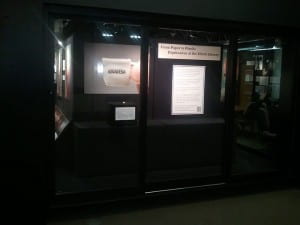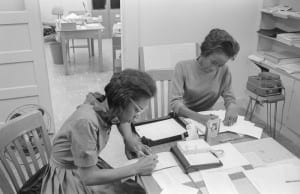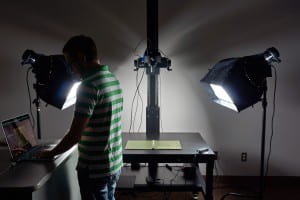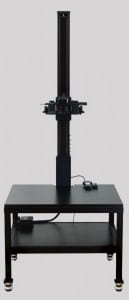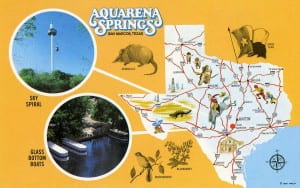 When A.B. Rogers purchased the land at the head of the San Marcos River in 1926, the area had long been a favorite scenic spot for recreation and picnics. Within two years, Rogers began constructing a hotel that overlooked Spring Lake.
When A.B. Rogers purchased the land at the head of the San Marcos River in 1926, the area had long been a favorite scenic spot for recreation and picnics. Within two years, Rogers began constructing a hotel that overlooked Spring Lake.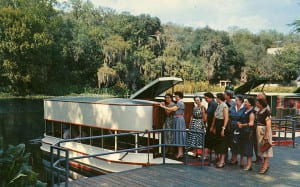
Twenty years later his son, Paul Rogers, created a new attraction for hotel guests and other visitors when he launched the first glass bottom boat in 1946; the crystal-clear water in Spring Lake allowed for stunning views of the underwater springs and wildlife.
Rogers then proceeded to build what became a wildly popular theme park known as Aquarena Springs. By the 1970s, as many as 350,000 people would visit annually to see the underwater mermaid show and star attraction, Ralph the swimming pig.

Times changed, along with the public’s taste in entertainment, and the theme park eventually gave way to a heightened interest in endangered species, conservation, and education about the importance of our water resources. Texas State University acquired the 90-acre property in 1994; in 2002 the Aquarena hotel became the home of The Meadows Center for Water and the Environment, a multidisciplinary center which focuses on water-related research and education.
The University Archives holds a number of materials related to the history of the Aquarena Springs. The Digital & Web Services Department began a new partnership with the Texas State University Public History Program and welcomed our first graduate student intern this semester, Jason Crouch. He is working closely with the University Archives and the Digital Media Specialist to begin processing and digitizing some of the Aquarena Springs material. An online exhibit is planned for the end of the Spring 2015 semester.
The Aquarena Springs collection contains a variety of audio/visual formats including material on VHS, Betacam, Hi8, miniDV, cassette, and open reel tape. A note of special thanks goes to staff at Texas Parks and Wildlife Television who, through a bit of good timing, helped us arrange the transfer of surplus analog video equipment from their television program to Texas State University. Included was a Sony BVW-70 Betacam SP recorder/player and Sony DSR-PD150 miniDV Digital Camcorder, both of which will be used to digitize items in the collection.
The following video is a sneak preview of what is in the collection. This is a 30 second television spot from 1994 advertising Aquarena Springs originally recorded on BetacamSP tape.




